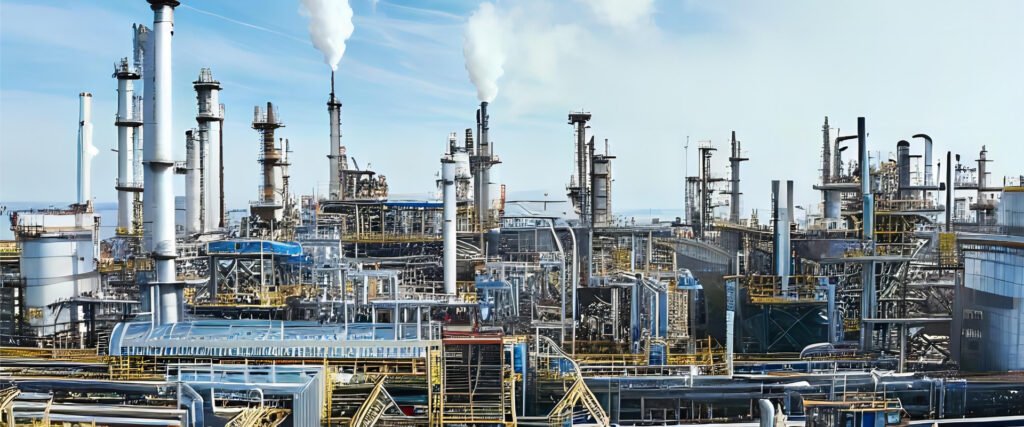Your cart is currently empty!
TEL:08615998857658

High molecular weight dispersant additive
Dispersant additive, often referred to as dispersants, are chemicals added to substances like fuels and lubricants to prevent the formation of deposits and to disperse solid particles or contaminants within the fluid.
Description
| Dispersant additive, often referred to as dispersants, are chemicals added to substances like fuels and lubricants to prevent the formation of deposits and to disperse solid particles or contaminants within the fluid. These additives are crucial in maintaining the cleanliness and performance of various systems by preventing the aggregation of particles that can lead to issues such as sludge, varnish, or deposits.
In lubricants, dispersants play a vital role in keeping contaminants like soot, dirt, and metal particles finely dispersed throughout the oil, preventing them from clumping together and forming harmful deposits on engine parts. They work by chemically binding to these contaminants, creating micelles or small clusters that remain suspended in the oil, preventing them from settling and causing engine wear or decreased efficiency. In fuel additives, dispersants perform a similar function by preventing the aggregation of impurities and particles. They help maintain fuel system cleanliness, prevent injector fouling, and can improve overall engine performance. Common types of dispersants used in lubricants and fuels include: Polymeric dispersants: These are high-molecular-weight compounds designed to keep contaminants dispersed throughout the fluid. Amine dispersants: These work by chemically reacting with contaminants to form soluble complexes, preventing their aggregation. Combination additives: Some formulations use a combination of dispersants to achieve optimal dispersion and prevent deposit formation. Choosing the right dispersant and its concentration in a formulation is crucial to ensure it effectively prevents deposits and maintains system cleanliness without any adverse effects on the fluid or the system it operates within. |
High Molecular Weight Dispersant Additives for Lubrication
High molecular weight dispersant additives are essential components in many modern lubricants, playing a crucial role in maintaining engine and machinery cleanliness and protecting components from wear. Here’s a breakdown of their key aspects:
Function:
These additives work by attaching themselves to contaminants and wear debris within the oil, preventing them from agglomerating and forming harmful deposits. They also help disperse these contaminants throughout the oil, ensuring they are carried away by the oil flow and filtered out. This helps keep engines and machinery clean, reducing wear and tear on critical components.
Molecular Weight:
High molecular weight dispersants typically have a molecular weight ranging between 5,000 and 30,000 g/mol. This larger size compared to other additives allows them to effectively bind to and hold onto contaminants, preventing them from settling and causing harm.
Types:
- Polyurethane-based: Commonly used, offering good dispersancy and detergency properties.
- Polyacrylate-based: Offer good thermal stability and compatibility with synthetic oils.
- Block copolymer: Combine the properties of different polymers for specific performance needs.
Benefits:
- Reduced wear and tear: By keeping engines and machinery clean, they minimize friction and wear on components, extending their lifespan.
- Improved engine cleanliness: Prevent sludge and deposit formation, which can restrict oil flow and harm engine performance.
- Extended oil life: By dispersing contaminants, they keep the oil cleaner, allowing for longer oil change intervals in some cases (following manufacturer recommendations).
Drawbacks:
- Compatibility considerations: Compatibility with specific base oils and other additives is crucial for optimal performance.
- Cost: Can be more expensive than some simpler additives.
Applications:
High molecular weight dispersant additives are widely used in:
- Engine oils for gasoline and diesel engines, both passenger cars and heavy-duty applications.
- Gear oils and transmission fluids.
- Industrial lubricants for various machinery.
Choosing the right additive:
Selecting the appropriate high molecular weight dispersant additive depends on several factors:
- Application: Engine type, operating conditions, and lubricant requirements.
- Base oil type: Mineral, synthetic, or semi-synthetic.
- Compatibility: Compatibility with other additives and oil formulation.
- Performance needs: Specific dispersancy and detergency requirements.
Consulting with lubricant manufacturers or tribologists (friction and lubrication specialists) can help you choose the most suitable additive for your specific needs.







Reviews
There are no reviews yet.